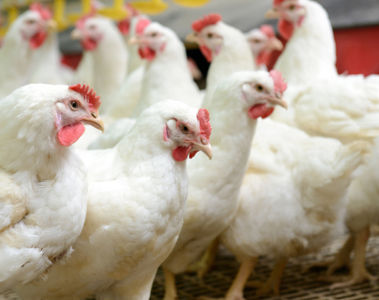Blake DP, Knox J, Dehaeck B, Huntington B, Rathinam T, Ravipati V, Ayoade S, Gilbert W, Adebambo AO, Jatau ID, Raman M, Parker D, Rushton J, and Tomley FM (2020) Re-calculating the cost of coccidiosis in chickens. Vet. Res. 51:115. https://doi.org/10.1186/s13567-020-00837-2
Bortoluzzi, C., Tamburini, I., & Geremia, J. (2023). Microbiome modulation, microbiome protein metabolism index, and growth performance of broilers supplemented with a precision biotic. Poultry science, 102(5), 102595 https://doi.org/10.1016/j.psj.2023.102595
Chapman H. D. (1997). Biochemical, genetic and applied aspects of drug resistance in Eimeria parasites of the fowl. Avian pathology : journal of the W.V.P.A, 26(2), 221–244. https://doi.org/10.1080/03079459708419208
Johnson, J., & Reid, W. M. (1970). Anticoccidial drugs: lesion scoring techniques in battery and floor-pen experiments with chickens. Experimental parasitology, 28(1), 30–36. https://doi.org/10.1016/0014-4894(70)90063-9
Müller J, Hemphill A. In vitro culture systems for the study of apicomplexan parasites in farm animals. Int J Parasitol. (2013) 43:115–24. 10.1016/j.ijpara.2012.08.004
Nabian, S., Arabkhazaeli, F., Seifouri, P., & Farahani, A. (2018). Morphometric Analysis of the Intestine in Experimental Coccidiosis in Broilers Treated with Anticoccidial Drugs. Iranian journal of parasitology, 13(3), 493–499.
Noack, S., Chapman, H. D., & Selzer, P. M. (2019). Anticoccidial drugs of the livestock industry. Parasitology research, 118(7), 2009–2026. https://doi.org/10.1007/s00436-019-06343-5
Waldenstedt, L., Elwinger, K., Lundén, A., Thebo, P., & Uggla, A. (2001). Sporulation of Eimeria maxima oocysts in litter with different moisture contents. Poultry science, 80(10), 1412–1415. https://doi.org/10.1093/ps/80.10.1412



